Coronavirus patients transported in plastic boxes and tubes as doctors collapse in hospital
A new video appears to show doctors collapsing in a hospital in China as the deadly coronavirus mutates and continues to spread.

Terrifying videos of Contagion-like scenes appear to show people infected with coronavirus being taken in boxes and tubes, while doctors collapse in the middle of a hospital.
A Chinese reporter posted a video to Twitter showing a patient being wheeled from an airport in a large container.
In another posted earlier this week by Radio Free Asia Chinese, a patient appears to be sealed in a tube as they are removed from an ambulance in Huizhou, a city in the southern Guangdong province.
Meanwhile, another video shows doctors appearing to collapse in a hospital in Wuhan, reportedly related to the virus.
A patient in the US is being kept in a 6m containment room and being treated by a robot with a stethoscope so doctors don’t come in contact with the virus.
China says the virus is adapting and mutating, making it difficult to get under control.
The country is locking down more cities, including its famous The Forbidden City, as the deadly infection spreads rapidly.
The respiratory virus has claimed 25 lives since emerging from a seafood and animal market in the central city of Wuhan.
There have been 24 deaths in Wuhan, the “epicentre of this outbreak”, and one in Beijing, Australia’s chief medical officer Professor Brendan Murphy confirmed on Friday afternoon.
“They have pretty much been in elderly people or people with other medical conditions,” he said.
“People who are generally frail – that’s the word we’re getting from China.
“Approximately 25 per cent of people who contract this infection and who have been detected and diagnosed seem to get a more severe illness, but we do know, or we do suspect, that there are a number of additional cases that are so mild that they haven’t come to attention and been detected or diagnosed at the moment.”
No cases have been confirmed in Australia.
Prof Murphy said there are now 844 cases worldwide including 14 outside of China detected as far away as the United States.
Fourteen people in the UK are being tested. Five of those have been confirmed negative and nine are still waiting for results.
It’s understood five are from Scotland and another has been tested at the Royal Victoria Infirmary in Belfast, Northern Ireland.
“The risk to the Scottish public remains low,” a Scottish government spokesman said.
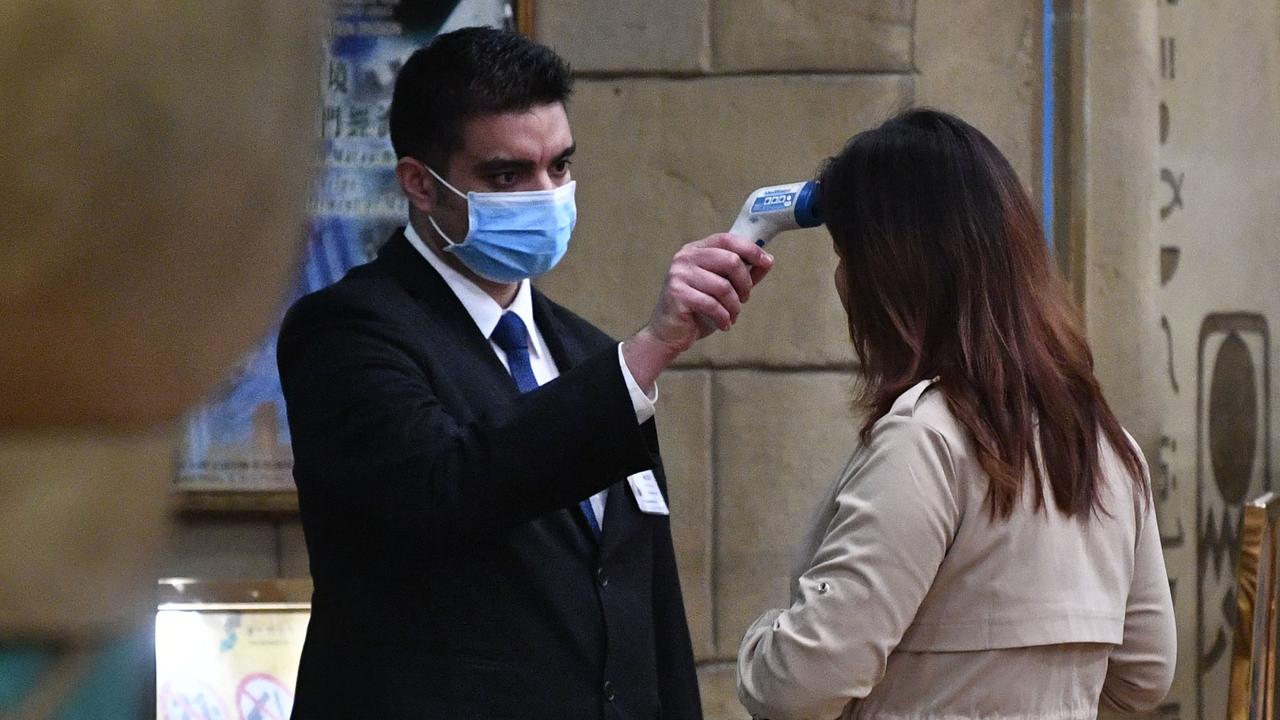
Despite China locking down some 20 million people, the World Health Organisation said the disease did not yet constitute a global health emergency.
The new virus has caused alarm because of its similarity to SARS (Severe Acute Respiratory Syndrome), which killed nearly 650 people across mainland China and Hong Kong in 2002-2003.
But after two days of talks to determine the level of global concern, the World Health Organisation yesterday stopped short of declaring a so-called a public health emergency of international concern — declaration used for the gravest epidemics.
“This is an emergency in China, but it has not yet become a global health emergency,” WHO chief Tedros Adhanom Ghebreyesus told reporters in Geneva.
WHO had postponed its decision by a day, after Chinese authorities announced unprecedented measures to rein in the spread of the virus.
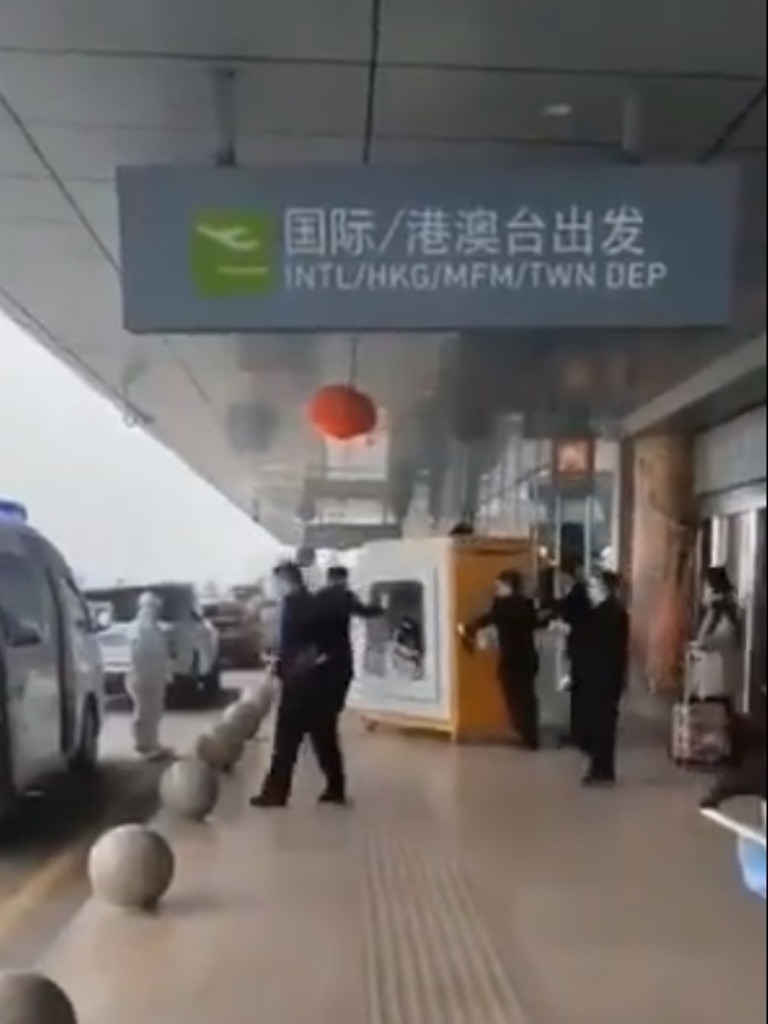
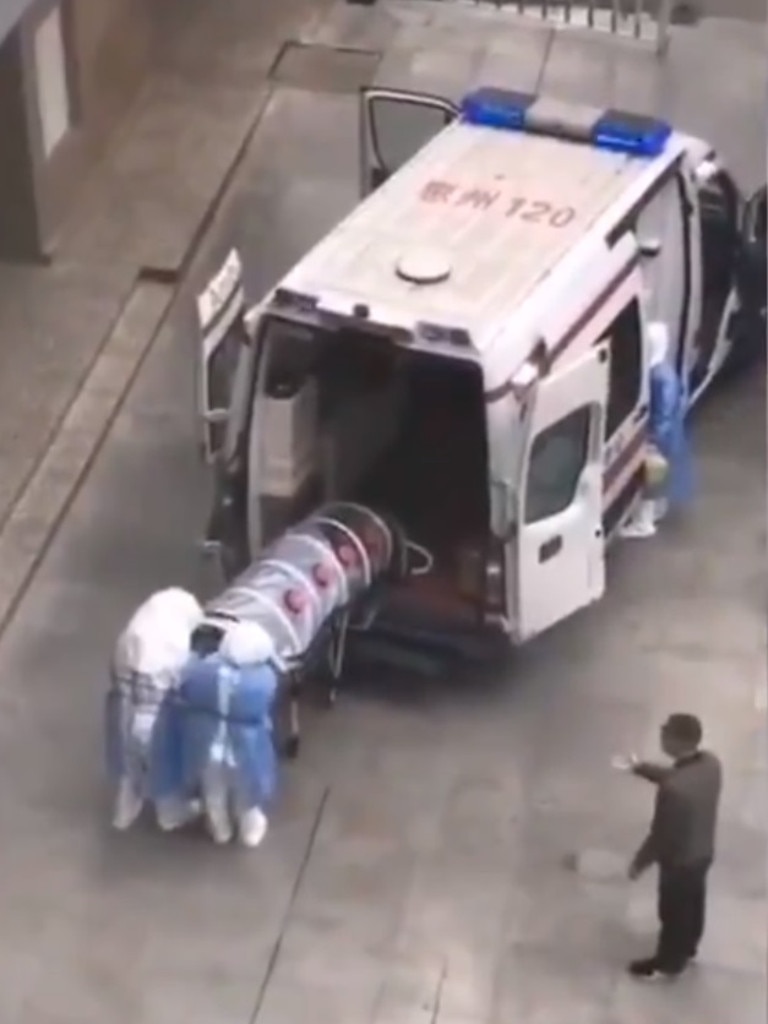
‘END OF THE WORLD’
Beijing cancelled massive gatherings that usually attract throngs at temples during the Lunar New Year holiday, while the historic Forbidden City will close from Saturday.
Streets and shopping centres in Wuhan were eerily quiet after authorities told residents not to leave the major city of 11 million people, where most of the cases have been identified.
Trains and planes out of Wuhan were indefinitely suspended and tollways on roads out the city were closed, leading to fear and panic for those who were trapped.
“We are feeling as though it is the end of the world,” said one Wuhan resident on China’s Twitter-like Weibo platform, voicing concerns about shortages of food and disinfectant.
Authorities in neighbouring Huanggang city also announced public transport and train services would be suspended at midnight, while people were told to not leave the city of 7.5 million.
Ezhou, a city in Hubei province with a population of 1.1 million, announced the train station had been closed earlier in the day, while three other cities in the province announced restrictions on their public transport or roads.
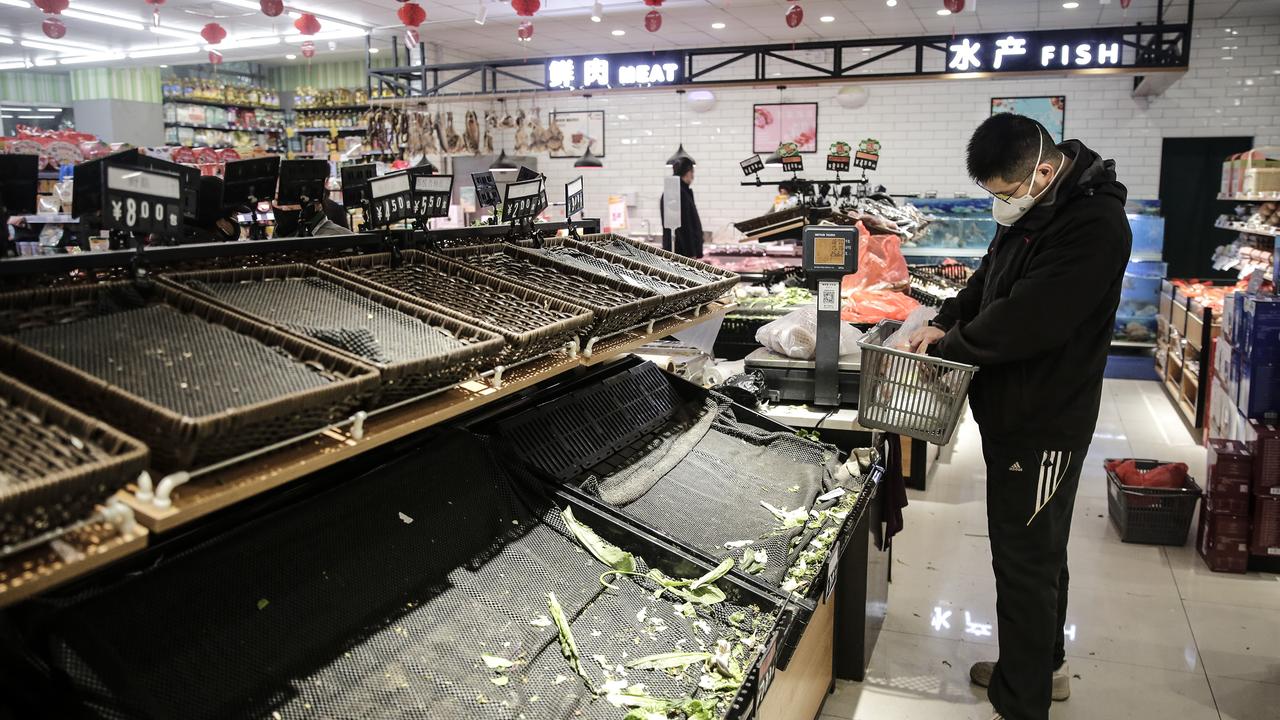
‘EFFECTIVE AND SHORT’
Tedros hailed China for taking “measures it believes appropriate to contain the spread of coronavirus in Wuhan and other cities”.
He stressed though that “we hope that they will be both effective and short in their duration.” WHO emergency committee chairman Didier Houssin meanwhile told reporters that after receiving “precise information” from Chinese authorities, the health experts had determined that the travel restrictions were “not directly related to a specific evolution of the epidemiology in the city”.
More than 580 people have been infected with the virus across China
China meanwhile confirmed Thursday the first death from the virus outside the epicentre.
The health commission in northern Hebei province — which borders Beijing — said an 80-year-old man had died.
The other 17 fatalities have all been people aged 48 to 89 and had pre-existing health conditions, Chinese health authorities said.
The first case of the new virus was confirmed on December 31, and it has since been detected in Japan, Hong Kong, Macau, South Korea, Taiwan, Thailand and the United States. Singapore and Vietnam confirmed their first cases on Thursday.
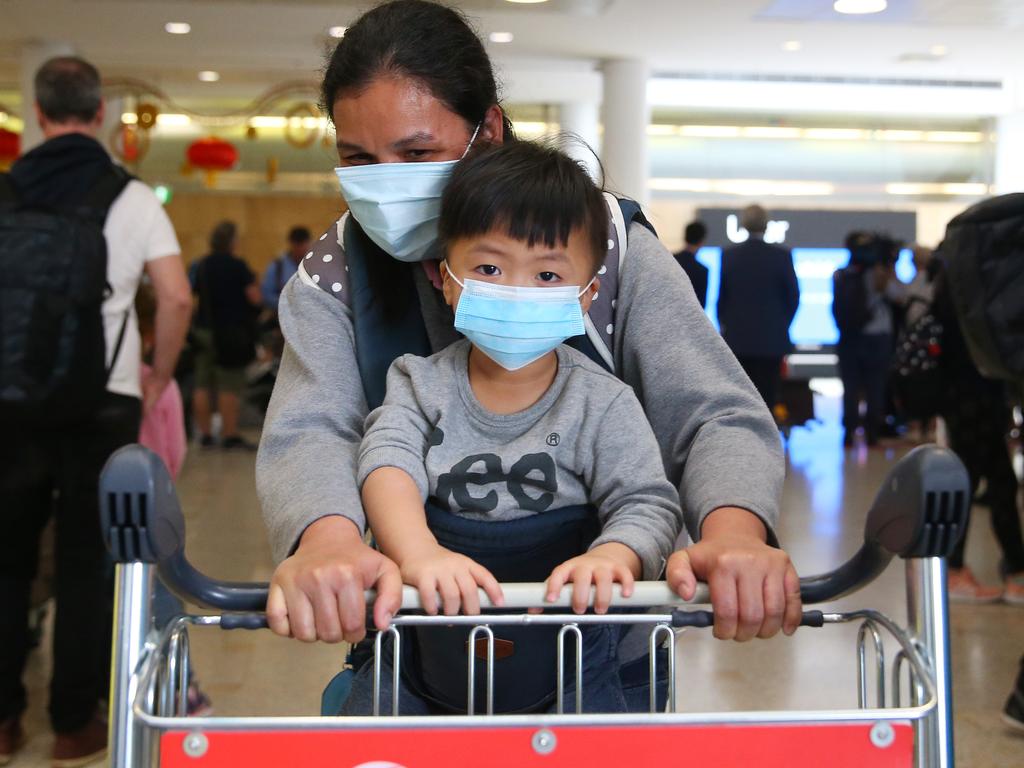
SPREADING BETWEEN PEOPLE
Animals are suspected to be the primary source of the outbreak, with studies published this week suggesting the virus may have originated in bats or snakes.
The WHO has confirmed that the new virus can be passed between people, at least those in close contact.
Chinese health officials warned it could mutate and spread further.
But Tedros stressed Thursday there was so far “no evidence of human-to-human transmission outside China”.
If WHO had declared a global emergency, it would prompt countries to intensify their co-operation towards reining in the virus, including possibly on trade and travel restrictions — something the organisation is not recommending for the time being.
Countries have already increased efforts to stop the spread of the pathogen — known by its technical name 2019 Novel Coronavirus (2019-nCoV) — with thermal screening of all passengers arriving from China at airports in a number of countries.
Several companies have also begun exploring developing a vaccine for the virus, with hopes that initial clinical trials could be carried out within months.
Tedros meanwhile hailed China for quickly spotting the new virus and for its “co-operation and transparency” in sharing vital information about it with the international community.
But a senior US State Department official said Washington was “still concerned” about transparency in the Chinese government.
During the SARS epidemic, the Chinese government took months to report the disease and initially denied WHO experts any access.
WHO’s emergency committee stressed the need for international vigilance and information sharing, and recommended a new meeting in “a matter of days to examine the situation further”.
– with AFP




